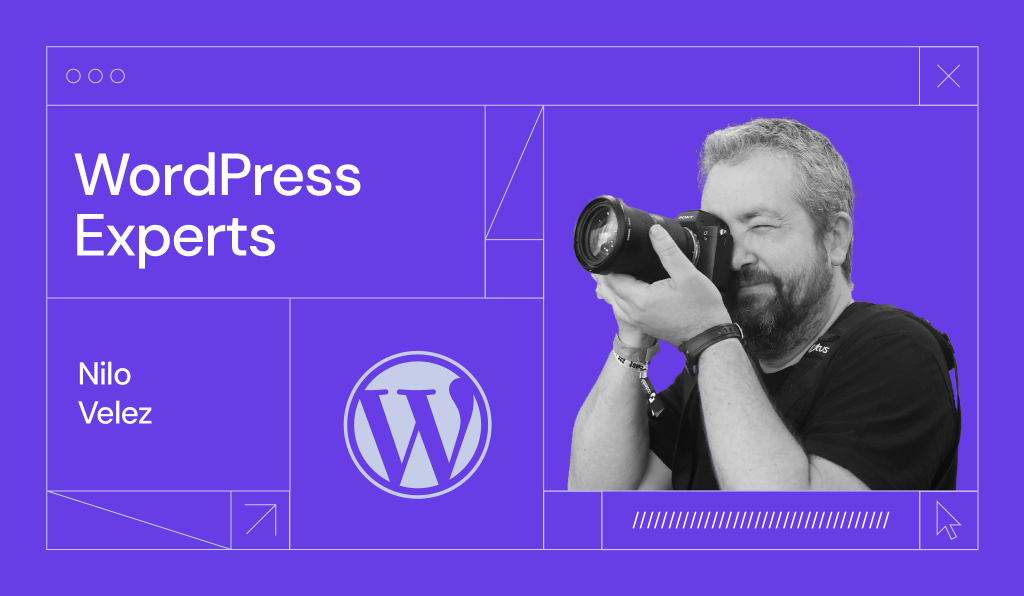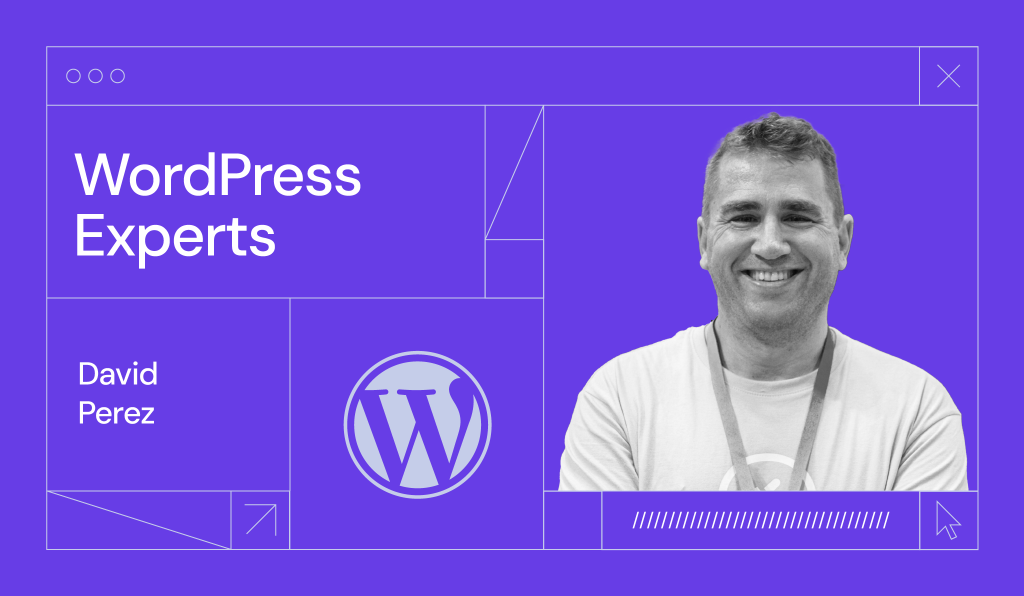Yumi ‘Mimi’ Nishioka: Breaking Barriers and Building Local Community

Yumi Nishioka, widely known as Mimi, is a Tokyo-based freelance web and UI designer.
Mimi is very passionate about design and WordPress, which led her to initiate two Japanese-language study groups around these subjects. Eventually, her dedication to the local WordPress community made her recognized – Mimi was the recipient of the 2023 Kim Parsell Memorial Scholarship.
This scholarship covered her traveling costs to WordCamp US, where she met with hundreds of WordPress enthusiasts and attended valuable sessions.
Read on to get to know Mimi’s WordPress journey and how she has been pushing the limits to make the platform more accessible to everyone, regardless of language.
Embarking on the WordPress Journey
Mimi started out as a web designer, while designing logos and printed goods on the side. She has an extensive skill set, and is proficient in coding languages like HTML, CSS, JavaScript, and PHP.
Mimi particularly likes CSS. “I love CSS, and it continues to challenge me. But let’s get one thing straight – I am a designer at heart,” Mimi emphasizes.
This coding proficiency was not an afterthought but a necessity. In the early 2000s, ‘front-end engineering’ was still a foreign concept in Japan. Being a web designer at that time usually also meant being a coder.
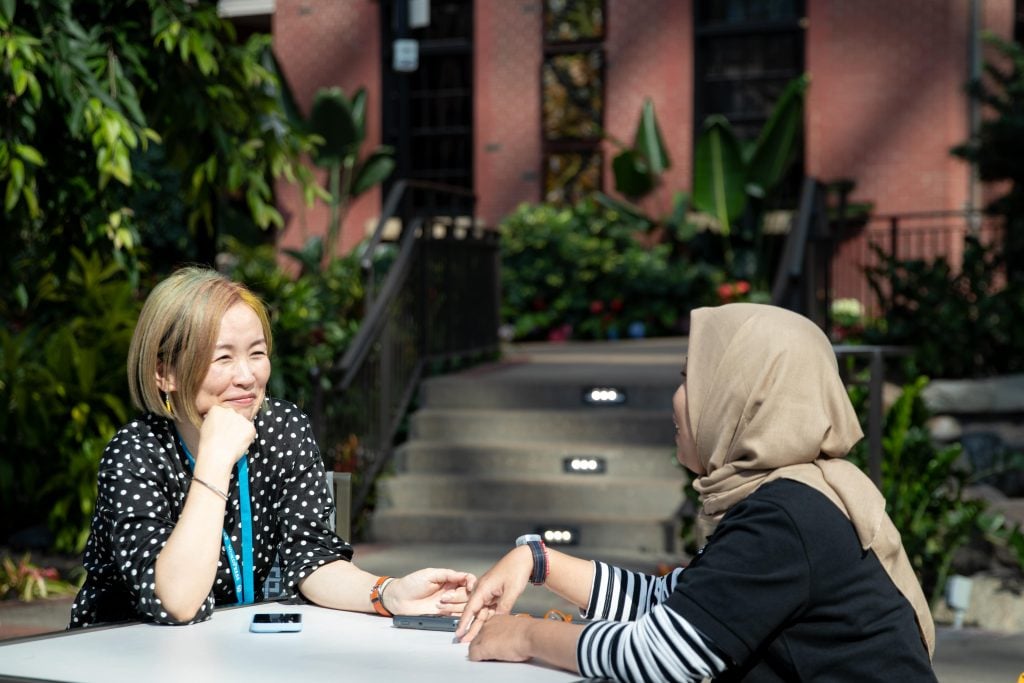
Mimi’s first encounter with WordPress dates back to some time pre-2005, a period when building a simple CMS for your needs from scratch was considered the norm. Using her PHP knowledge, she did just that. Her CMS worked nicely, so her small team began using it for client projects.
WordPress was still in its early years at that time. Mimi thought WordPress’ design wasn’t outstanding back then, so she wasn’t immediately hooked by it.
Then, fast forward to 2009, Mimi attended a PHP conference. It opened her eyes to the expansive world of WordPress. Naoko Takano, a leading figure in the Japanese WordPress community, spoke about WordPress at that conference.
“It was still so rare for women in Japan to attend a tech event, let alone speak on stage. Seeing Naoko there was monumental for me,” Mimi recalls.
Mimi then took a break from work to focus on her role as a mother of two. Once she returned to work, she realized WordPress had become super popular.
“Almost all the projects I took after I gave birth were on WordPress,” Mimi says. However, she noticed that its growing popularity was a double-edged sword. On one hand, WordPress seemed like a magical tool that could accomplish anything. On the other hand, its misuse led to poorly constructed sites and performance issues. “Some sites were so messy, it seemed like a patchwork of random code snippets from different blogs,” she says.
Her opinion changed once she found the Gutenberg project. Intrigued by the changes, Mimi decided it was time to be part of the community. She started by attending a local study group. “The more I learned about it, the more interesting it became,” Mimi says.
Eventually, Mimi made her way to her first WordCamp in Tokyo in 2018, volunteering as a photographer. From there, Mimi has been an active WordPress contributor since.
Fostering Community Through Design
For Mimi, WordPress block themes are especially helpful for designing as they follow a certain design system. She also acknowledges how WordPress enables designers to build sites without extensive coding knowledge.
Mimi is particularly interested in Figma and WordPress integration, and is developing a plugin to auto-generate theme.json files. “AI services and other tools can do it all for you, but I’m taking it a bit slower to try to create something I can use the way I want,” she explains.
She sees her commitment to WordPress as a hobby, not a business. Mimi is an unsponsored contributor but has been bringing a lot to the table. For example, she contributed to the Full Site Editing (FSE) Outreach Program, where she translated calls for testing to Japanese and gathered feedback from the community.
However, Mimi’s journey doesn’t stop at contributing to WordPress in her spare time. She has also found a way to create and nourish a sense of community through study groups. After serving as the lead organizer for WordCamp Tokyo 2019, Mimi realized she wanted to dig deeper into this CMS. Many conversations at these larger events were business-centric, and she yearned for more in-depth discussions on design and WordPress itself.
She also noticed that many Japanese WordPress community members, including herself, sometimes struggled to express their fondness for design in English on the official Make WordPress Slack. This then led to the birth of the Gutenberg Freaks study group in 2019.
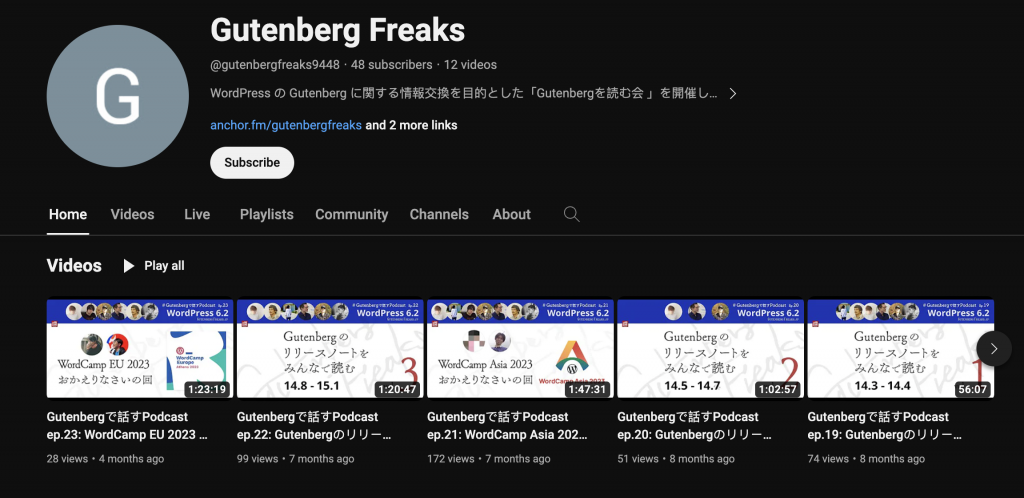
Gutenberg Freaks is a gathering of engineers who are enthusiastic about the Gutenberg editor. The group meets twice a month, reading the Gutenberg code together and discussing it in Japanese. The group also maintains a Discord channel for daily text chats, where they motivate each other to contribute to WordPress through writing issues and sending PRs (Pull Requests) on the WordPress GitHub repository.
Realizing the value of a design-centric dialogue, Mimi started another study group in 2020 named Design and WordPress. This group emerged from her collaboration with Junko Nukaga, a Community Team Rep. It holds open studies on YouTube monthly, focusing solely on WordPress’s design aspects.
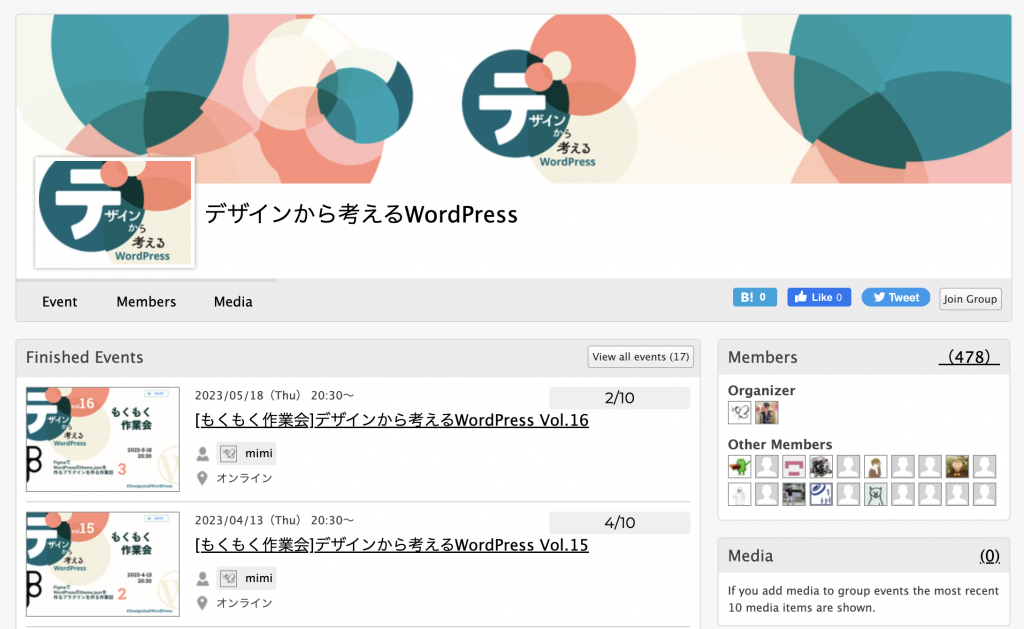
“I wanted to focus even more on design. At first, I think perhaps we don’t need to separate the discussions and create a new study group. Still, sometimes conversations about design don’t always resonate well with engineers,” Mimi explains her consideration.
Through these study groups, Mimi has learned a lot. From understanding coding languages to learning from issues raised by community members worldwide, the experience has been both educational and enjoyable.
This shared community effort serves as a continuous learning opportunity, fueling Mimi’s enduring passion for design and WordPress.
Innovative Approaches to Bridge Language Gaps
Continuing her eagerness to make WordPress and design more accessible, Mimi recognized a crucial factor that sometimes goes unnoticed: language. While WordPress serves a global audience, its documentation is primarily available in English. This poses a challenge, as over half of WordPress installations globally are in languages other than English.
“I’m happy that the WordPress community has been discussing this matter at the Community Summit 2023. A proposal for documentation localization was already submitted,” Mimi says. She emphasizes the importance of translating the Teams’ Handbooks, as it’s usually the entry point for new contributors. Doing so means democratizing access to information.
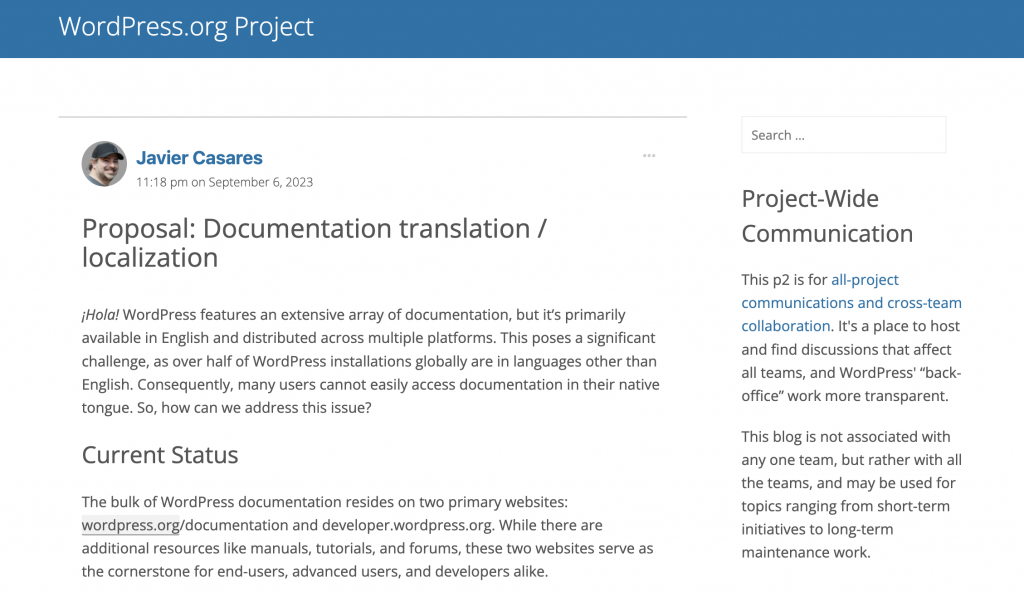
Addressing the issue of language accessibility, Mimi reflects on how the Japanese community uses a scraping tool to extract data from GitHub and translate the data. The scraping tool was developed by Mirucon, an engineer and fellow Japanese WordPress contributor.
“The Japanese WordPress community is very active in translation, so we can get around with the handbooks. But I think this is not the case in other countries. Japan is blessed in this matter,” Mimi contemplates.
Mimi is not only concerned about the translation but also the quality of information available. She noticed many wrong or outdated information about WordPress in countless blogs on the internet. This proliferation of misinformation can result in skepticism. Therefore, Mimi emphasizes the need to maintain up-to-date official documentation translation.
So, what’s her call to action? While she knows that translating documentation and ensuring its accuracy is a huge undertaking, she strongly believes in its necessity. “This is a lot of work, but I would love to help it go well,” Mimi says.
In this way, Mimi continues to help break the barriers that may hold people back from fully engaging with WordPress. Whether creating local-language study groups or making information more accessible, she’s showing that where there’s a will, there’s always a way.
The Unforgettable WordCamp US 2023 and Future Aspirations
Attending WordCamp US 2023 was more than just a trip to a conference for Mimi – it was a wonderful experience.
Mimi was encouraged to apply for the Kim Parsell Memorial Scholarship by her friend and design study group co-founder, Junko. She was then chosen as this year’s recipient. She really appreciates this incredible opportunity, but sometimes she just cannot shake the thought that someone else might better deserve the honor.
At the event, she met many incredible people doing remarkable work in the WordPress community. Mimi is particularly amazed by the women in tech she met there. It was a dream come true for her to converse with Core committers who have inspired her journey in WordPress. Their activities have encouraged Mimi to make the most of her expertise.
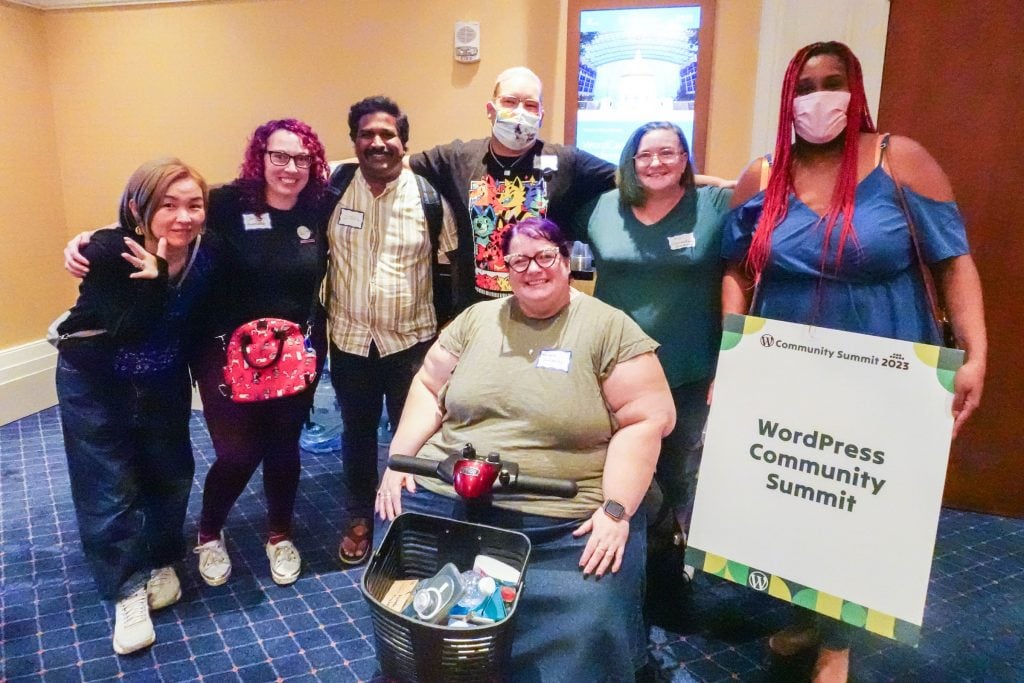
She was also thrilled by the WordPress community members’ kindness and the welcoming atmosphere she encountered at the WordCamp, which boosted her spirits and made her long travel worthwhile. WordCamp US 2023 was a fulfilling adventure from start to finish, packed with memorable moments and new friendships.
When asked about her current aspirations, Mimi said she wants to focus more on creating rather than processing and distributing information like she has been doing with her study groups and localization efforts. With her two friends, Mimi has been focusing more on her theme.json generator plugin while doing her main designing job. It’s still a prototype now.
“I am currently working on my plugin’s vertical writing functionality. I am delighted to see the vertical writing feature added to WordPress, but it’s still not like the vertical writing users expected,” Mimi says. “I’m planning to create a GitHub issue about it, to gather insights from the Japanese community and people from other locales with a vertical writing culture. I’d like to invite them to share their opinions about this aspect,” she continues.
Mimi also emphasizes that the vertical writing functionality is more than just a tiny feature improvement – it’s a culture. “It’s also related to the upcoming Gutenberg Phase 4’s focus, which is the implementation of multilingual sites to WordPress’s core. If we are going to move forward with multilingualism, we need to gather a broader range of opinions from people who are used to dealing with multilingualism,” Mimi argues.

Her blog, which started as a testing ground for WordPress, serves as an informal journal where she records her experiences with WordPress and other tech-related subjects.
So far, the posts are all in Japanese, and Mimi plans to enrich the blog by adding more articles in English and about design. However, as Mimi sees a blog as a log, she will continue to post such miscellaneous articles at her pleasure.
For Mimi, that is the beauty of WordPress – it provides everyone access to publish. Therefore, she believes it should come with better language accessibility and efforts in community learning. While her focus has evolved, her mission is constant: to solve problems.
It’s this continuous commitment that places her among the women she once admired – the inspiring figures shaping the WordPress community.

